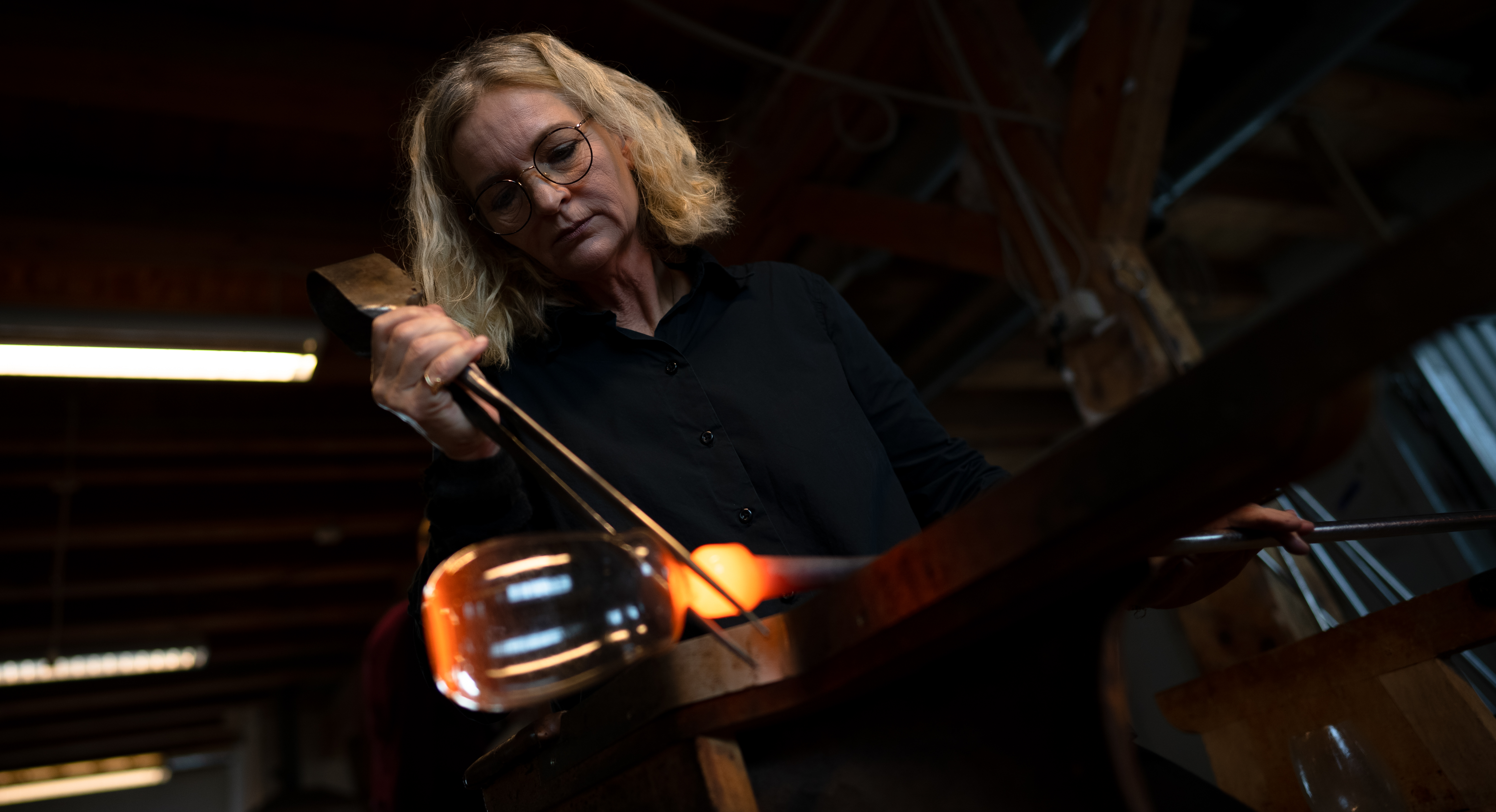The Danish island of Bornholm is becoming a sustainable green community. As part of its ambition to be emission-free by 2035, the EU-funded Bæredygtig Bundlinje Bornholm (Sustainable Bottom Line Bornholm) project is helping 50 SMEs develop green business plans to become more energy and resource efficient and competitive.
Danish project makes an island community greener
- 19 October 2021
‘The best thing about being part of this project is the huge eye opener it has been. We have gained an incredible amount of knowledge about how much we emit and how much we can avoid emitting.’
The project is for SMEs active in the tourism, crafts and manufacturing industries. Half of the companies are receiving individual consulting to implement a new, green business idea. The rest are getting help to improve their existing business model.
Non-governmental organisation and project beneficiary Gate 21, with eight Bornholm partners and advisers review each company’s products and processes and conduct an energy audit. They make recommendations on how they can improve their bottom line. Participants take part in workshops and networking events. The project also enables them to apply for grants.
Bright Green Island
Denmark aims to reduce its greenhouse gas emissions 70% by 2030 compared with 1990 levels. Individual municipalities are doing their part to contribute to this goal. Bornholm, with a population of nearly 40 000 people, describes itself as a pioneer municipality in the green transition. Its ‘Bright Green Island’ strategy sets ambitious carbon reduction and clean energy targets.
By 2025, Bornholm aims to produce all of its energy from zero-carbon sources; by 2032, the aim is for industry on the island to run on green energy and for all waste to be reused. The island wants to be emission-free by 2035.
Sustainable Bottom Line has already helped several enterprises. Glass blower Pernille Bülow makes glass objects and jewelry, which she sells from her shop in the town of Svaneke. She now recycles glass insulin vials provided by multinational Danish healthcare company Novo Nordisk, turning them into objects such as tiles and tabletops. This has helped her reduce CO2 emissions per kilogram of glass she produces, by between 45% and 65%.
Borntek Industri, a manufacturer in Rønne, is making its factory green and sustainable. During 2022, in partnership with one if its biggest customers, it aims to reduce its CO2 footprint by 45 tonnes annually. It will do so by reducing the amount of plastic it uses by 9.3 tonnes and recycling a further 2.8 tonnes each year.
Helping SMEs succeed
The project is implementing a range of other initiatives. In November 2021, the project organised a lunch for local farmers and restaurateurs to allow them to plan next year’s fruit and vegetable crop. The aim was to help restaurants design their menus around local produce and for farmers to let them know what they can provide.
Up to 10 professional artisans will be able to join the project in 2022 and learn how to become more sustainable in their selection and use of materials.
A conference planned in the town of Nexø in January 2022 will feature a panel of business owners discussing how SMEs can make the transition to green business.
Total investment and EU funding
Total investment for the project “Sustainable Bottom Line Bornholm” is EUR 2 589 893, with the EU’s European Regional Development Fund contributing EUR 1 294 950 through the “Innovation and Sustainable Growth in Businesses” Operational Programme for the 2014-2020 programming period. The investment falls under the priority “Enhance energy and resource efficiency in SMEs”.

